Let’s say you just bought a new mattress, or maybe you’re moving to a new home. You’re excited! But then, you realise something… How do you move your mattress without ruining it?
Mattresses are big, heavy, and awkward to carry. If you don’t wrap them right, they get dirty, scratched, or even mouldy. Nobody wants to sleep on a dusty or damp mattress!
Good news—you can keep your mattress safe. With the right steps, you’ll protect it from dirt, damage, and moisture. You won’t have to worry about bad smells or weird stains when you set it up in your new place.
Let’s go step by step. We’ll show you how to wrap a mattress properly so it stays clean and fresh. It’s easier than you think!
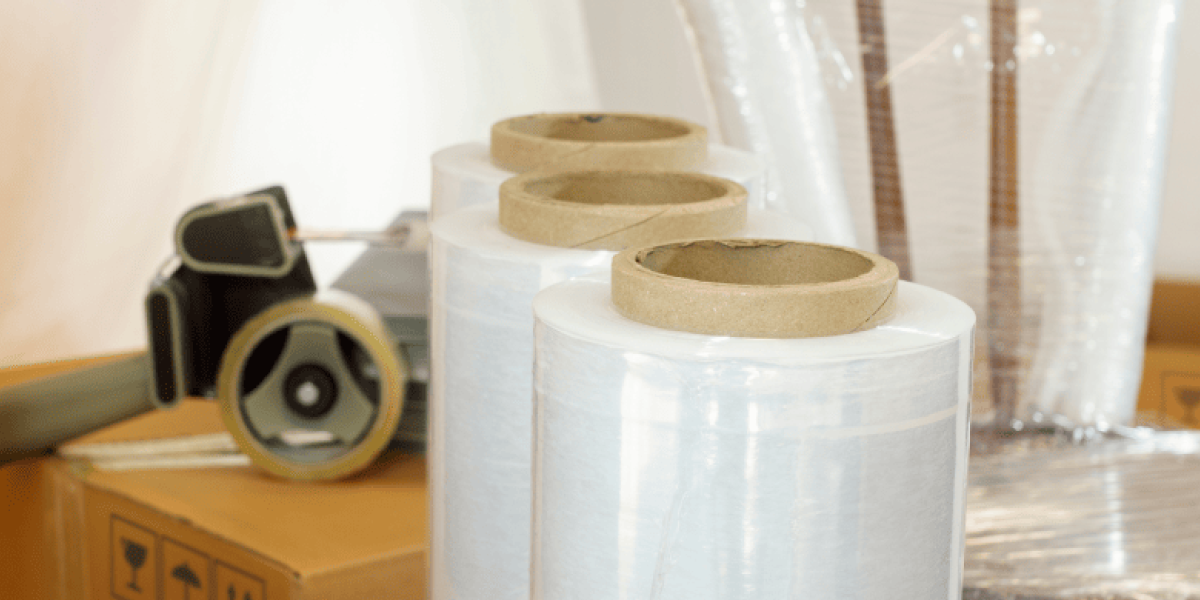
Moving a mattress is not as easy as it looks. If you don’t wrap it well, it can get dirty, torn, or even lose its shape. Moisture is the biggest problem—if your mattress gets damp, mould can grow inside. And once mould appears, the mattress is ruined.
An unwrapped mattress is also harder to carry. It might slip, bend, or sag if not secured properly. But when you wrap it the right way, it stays clean, keeps its shape, and is easier to move.
If you move a mattress without wrapping it, you might face these problems:
Now, let’s talk about how to wrap it the right way.
Maintain the steps below carefully to wrap a mattress for moving, ideally.
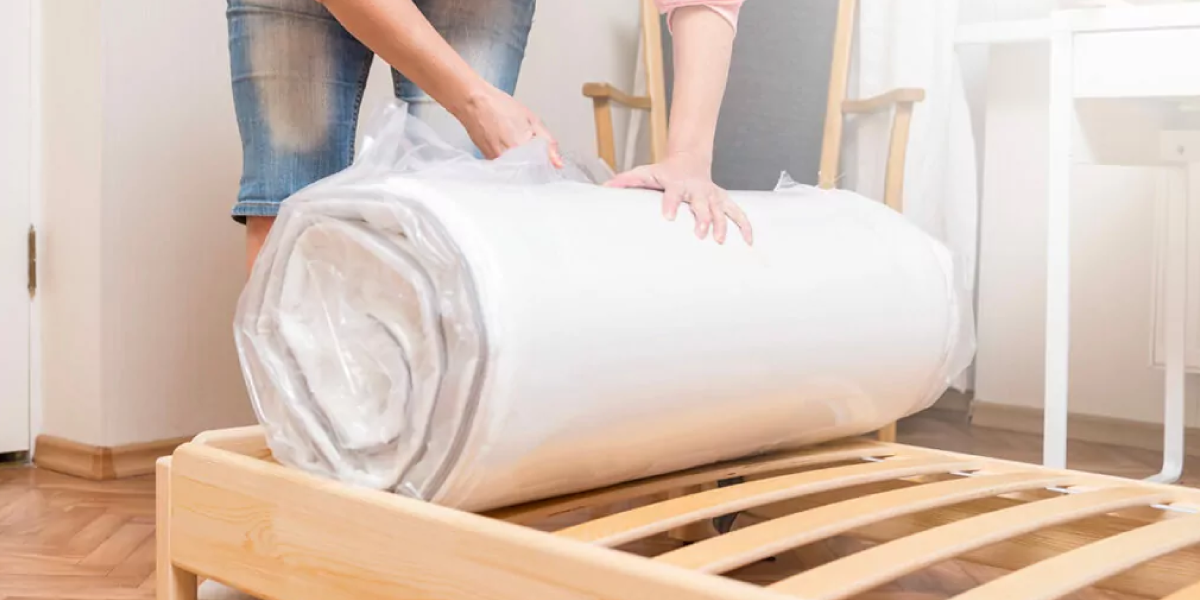
To protect your mattress, you need strong packing materials. Here’s what you should get for the best way to wrap a mattress:
| Item | Purpose |
| Heavy-duty mattress bag | Shields the mattress from dust, dirt, and moisture |
| Shrink wrap | Adds an extra seal to prevent dust and tears |
| Packing tape | Seals the mattress bag tightly |
| Moving straps or rope | Helps in securing the mattress during transport |
| Cardboard sheets | Keeps the mattress from bending or getting dented |
| Moving blankets | Adds extra cushioning, especially for long moves |
Using low-quality materials can cause problems. Cheap plastic bags tear easily, and weak tape might not keep the mattress sealed. Always go for durable materials.

Before wrapping, the mattress should be clean and dry.
Vacuum both sides of the mattress to remove dust and dirt. If you find any stains, spot clean them with a mild detergent. Let the mattress dry completely before packing.
Take off all sheets, pillowcases, mattress protectors, and toppers. Pack them separately so they stay fresh.
Letting the mattress breathe for a few hours removes trapped moisture. This step is crucial to prevent mould when the mattress is sealed in plastic.
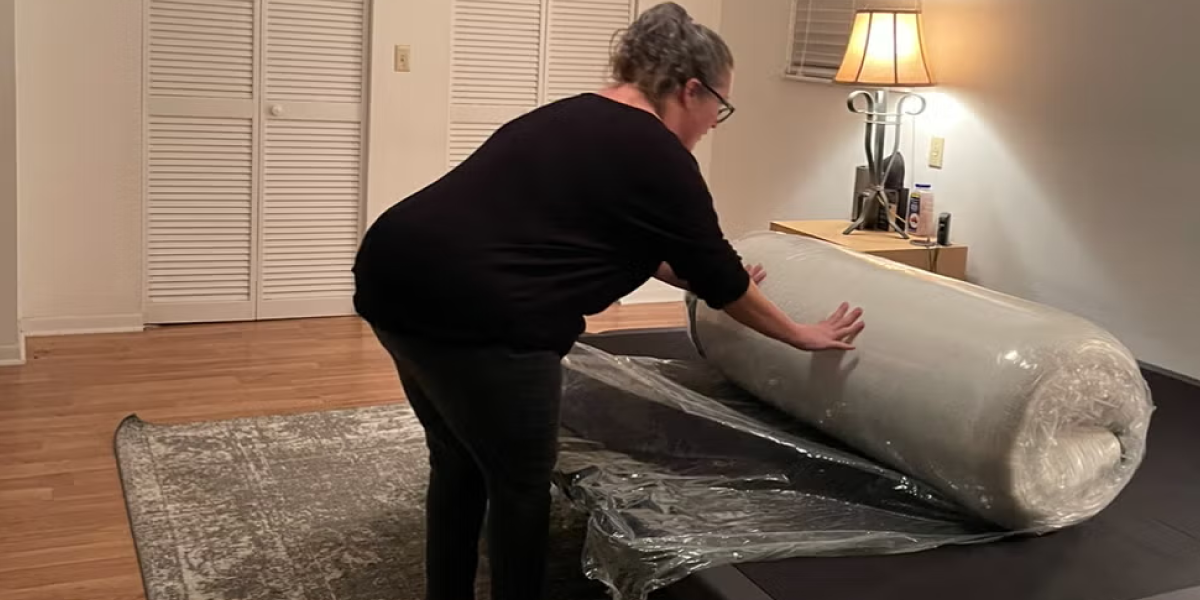
Now that your mattress is clean and dry, it’s time to wrap it.
Carefully slide the mattress into a heavy-duty mattress bag. If you’re moving in wet weather, choose a waterproof plastic bag. If storing the mattress for a long time, a breathable bag is better to prevent mould.
Once the mattress is inside the bag, seal the open end with strong packing tape. This step prevents dust, pests, and moisture from getting inside.
To add an extra layer of protection, wrap the entire mattress with shrink wrap. This keeps everything tight and secure.
If the mattress is soft or you’re worried about it bending, place cardboard sheets on both sides before wrapping with shrink wrap. This prevents the mattress from losing its shape.
For long-distance moves, wrap the mattress with a moving blanket before putting it in the mattress bag. This protects it from bumps and rough handling.
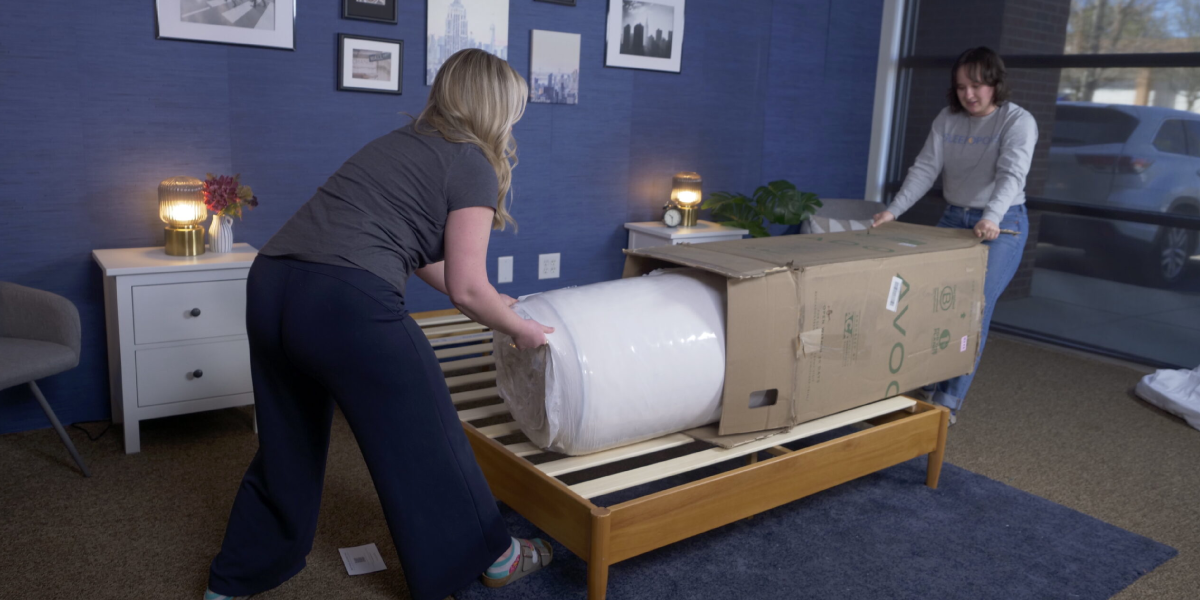
Now that your mattress is wrapped, it needs to be handled and transported correctly.
Tie moving straps or rope around the mattress to make it easier to carry. This also helps when securing it in the vehicle.
A moving van or a large SUV is best for transporting a mattress. Avoid placing it on top of a small car, as it can fly off and cause an accident.
| Position | Pros | Cons |
| Flat | Keeps mattress in shape, less stress on foam | Takes up more space in the vehicle |
| Upright | Saves space in the moving truck | Needs to be strapped securely to avoid bending |
If you have space, laying the mattress flat is the best way to keep its shape. If standing it upright, secure it against a wall and use straps to hold it in place.
Inside the truck, keep the mattress away from heavy furniture and sharp objects that could tear the plastic.
If you want to learn in detail how to move a mattress, you can check out this important write-up now!
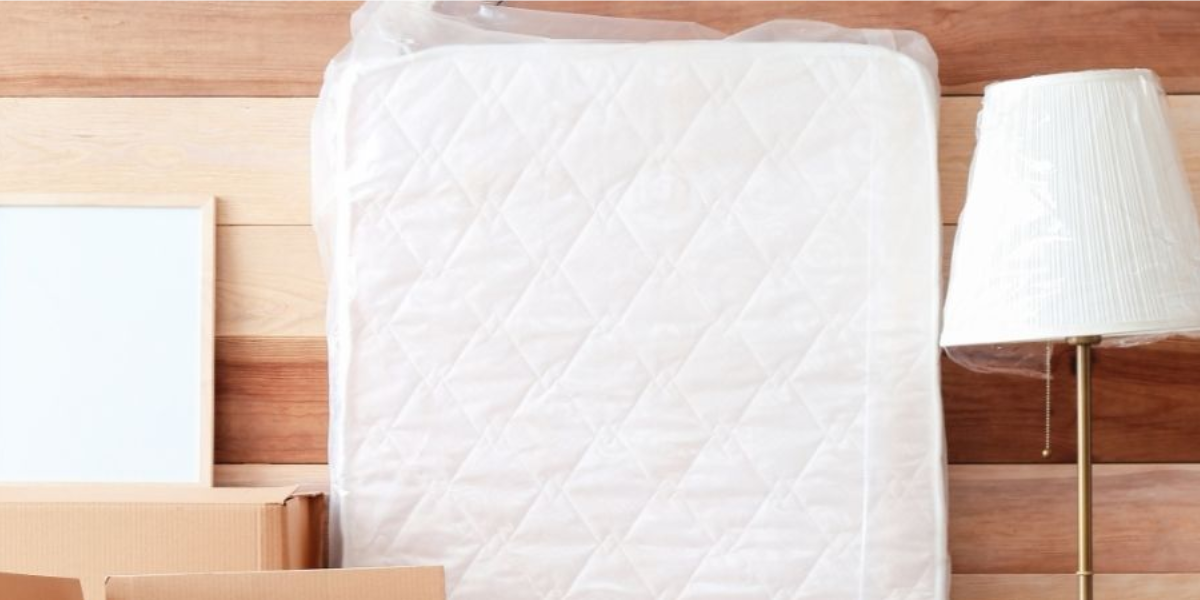
Here are some mistakes people make when wrapping a mattress:
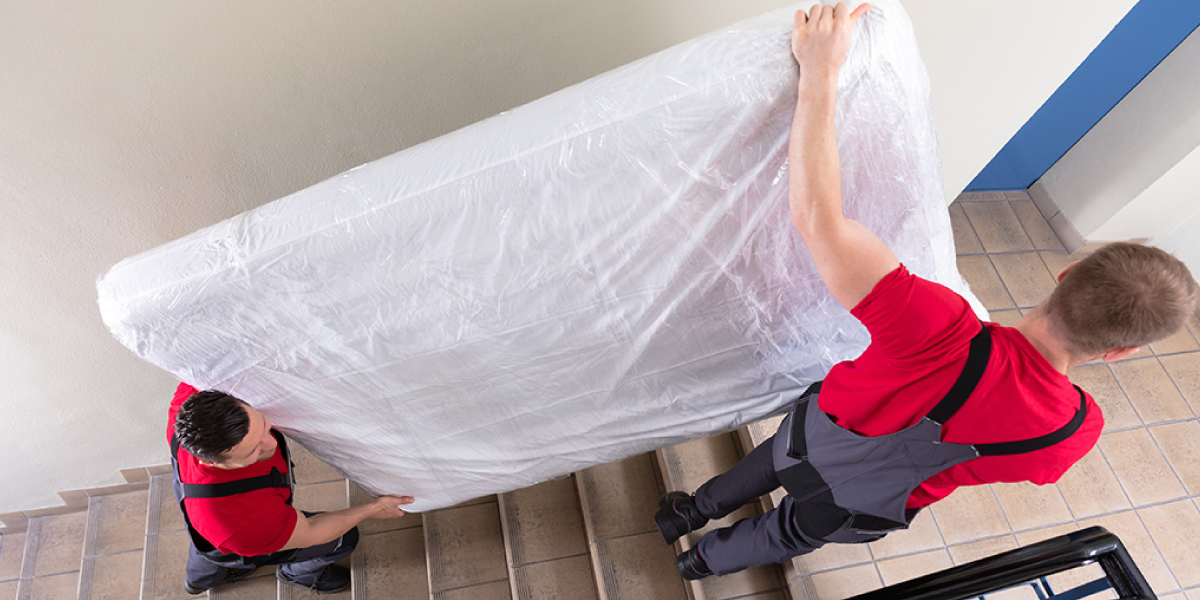
If you don’t want to wrap the mattress yourself, professional movers can do it for you. Here’s why they’re a good option:
Hiring movers might cost extra, but it ensures the mattress stays in top condition.
Here are some last tips to safely move your precious mattress.
So, coming to this point, we can assume that you now know how to wrap a mattress for moving. Wrapping a mattress properly is the best way to keep it clean and damage-free during a move. Using the right materials, sealing it well, and transporting it safely ensures it stays in perfect condition.
If you’re unsure about wrapping it yourself, hiring professionals is always a good option. Whatever you choose, always make sure your mattress is clean, dry, and well-sealed before transport. That way, you can enjoy a fresh and comfortable sleep in your new home!
Now that you know how to wrap your mattress, you might also want to check out these helpful blogs on how to wrap a bed and bed frame for moving.
To wrap a mattress for storage, first clean and air it out so there’s no moisture. Then put it in a strong, breathable or vacuum-sealed bag to protect it from dust and bugs. Seal the bag tightly and store the mattress in a cool, dry place.
If you’re keeping your mattress in a storage unit, always leave it wrapped to protect it. Lay it flat and never put anything heavy on top. Don’t store it near strong-smelling items or flammable liquids. Choose a dry, cool unit to stop mould and smells from getting in.
Yes, but it’s not the best idea. A mattress bag keeps out dust, water, and bugs. If you don’t have one, use thick plastic and tape it tightly.
Most mattresses should not be folded. Folding can ruin the shape or inner springs. Only fold if the mattress is designed for that, like some memory foam ones.
You can use moving straps or tie rope around the mattress. This gives you something to grip. Ask someone to help you lift it safely.
Yes, take off any covers or toppers. Pack them separately to keep them clean. This also helps air out the mattress before wrapping.
Garbage bags are too thin and can rip easily. They also don’t cover the whole mattress well. Use a proper mattress bag or thick plastic sheet instead.
You can store it for months if it’s wrapped right. Just keep it in a dry place. Make sure there’s no trapped moisture inside the bag.
No, don’t put anything heavy on it. It can bend or damage the mattress inside. Keep it on top or to the side during the move.
Use moving straps or carry from the sides with a helper. Go slow and clear the path first. Don’t drag it or force it through tight spaces.




